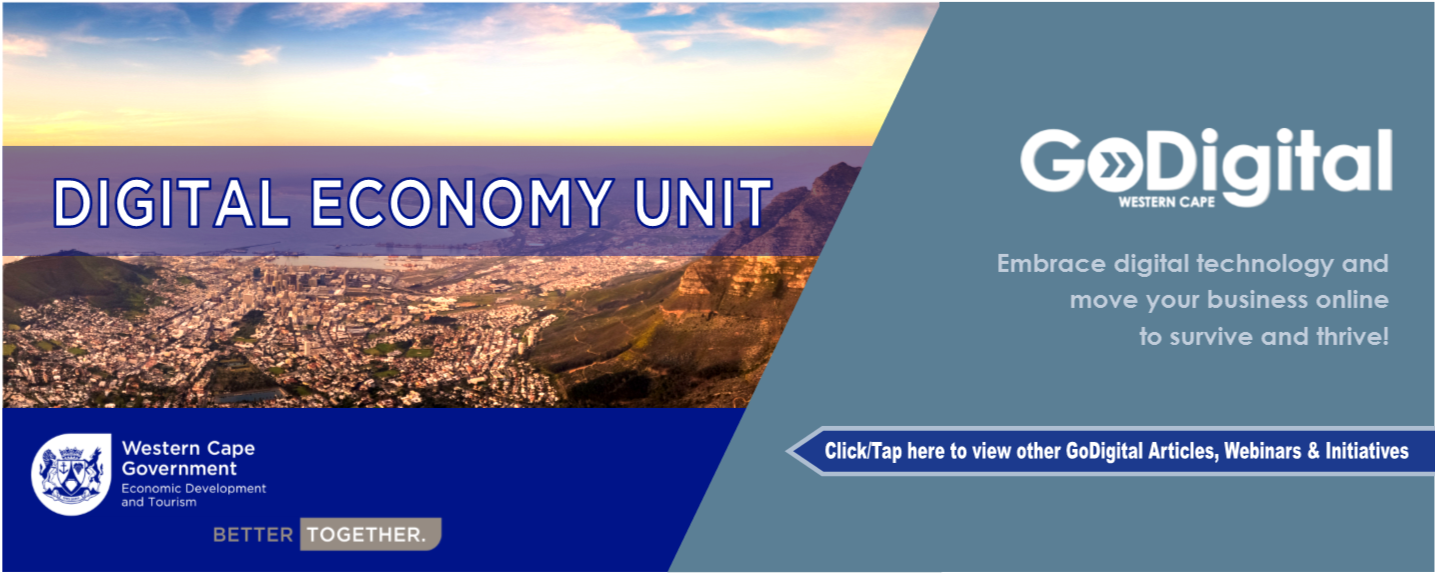The changing nature of work (the gig economy and freelancing)
The changing nature of work (the gig economy and freelancing)
Introduction
As the world moves from an analogue to a more digital environment, the nature of jobs is changing along with it. More routine types of jobs are becoming automated and people are having to explore alternative ways of working and ‘informal’ work is becoming more commonplace. Freelancing and gig-work are just some of the ways that this is happening.

Definition and explanation
The Cambridge English Dictionary describes freelancing as doing particular pieces of work for different organizations, rather than working all the time for a single organization (Cambridge Dictionary, 2018). A freelancer is a person who is often self-employed and not as committed to an organisation as an employee.
According to Investopedia, the gig economy is a sector of the economy where flexible jobs are commonplace and companies opt to use independent contractors and freelancers instead of full-time employees (Investopedia, 2018). The gig economy stands in contrast to the traditional economy where people are directly employed fulltime, rarely change positions and focus on their lifetime career.
We live in a time where more and more people value flexibility in their life choices, being able to set their own hours and the ability to manage their own activities, over stable employment. For others participating in the gig economy it is more about finding any kind of job to earn a living instead of actually having a preference for flexible work.
From the employer’s perspective, increasingly businesses prefer to employ specialised skills and shorter term jobs using freelancers, so as not to have to carry the cost of full-time employees. Many are turning to digital platforms in order to source for these skills. This is often more cost effective for them and offers both the purchaser and the freelancer improved choice and flexibility.
Either way, the gig economy is increasing becoming a common practice in today’s economy. According to a recent survey, 1 in 3 workers in the United States is a freelancer in some form (Betterment, 2018). If the current rate of growth in the freelancing workforce continues, the majority of the US workforce will be freelancers by 2027 (Upwork, Freelancers Union, 2017). Younger generations are mostly responsible for the rise in freelancing, and some 47% of millennials freelance which is more than any other generation (Upwork, Freelancers Union, 2017).
Reasons why people freelance
The reasons why people choose to freelance are many and complex. The main reasons cited are increased freedom and flexibility (mostly valued by fulltime freelancers) and the need to make extra money (mostly valued by part-time freelancers) (Upwork, Freelancers Union, 2017).
In the past, people used freelancing as a casual stop over to earn an income when between jobs or were forced to become a freelancer as they could not find suitable full time employment. Essentially, they were freelancing out of necessity, rather than choosing it as a lifestyle. Some professions such as journalism have made extensive use of freelancers.
Nowadays, people use freelancing as a way to supplement their income, or may enter the gig economy as part of a ‘side-hustle’ to earn more income. In addition to the freedom and flexibility offered.
The internet and technology as a driver of freelancing
Internet enabled technology is a leading enabler of the freelancer economy, aiding its growth. Smart devices and more accessible internet connectivity has made the access to opportunities available in the palm of your hand. In addition, a large number of digital platforms have increased the ability for people to access trade and work opportunities. These include platforms , not an exhaustive list, like:
- e-hailing for example Uber, or homegrown Taxify.
- online stores for example, Takealot, Yuppiechef and Zando.
- online medical advice such as Hello Doctor.
- domestic and repair services such as SweepSouth and GetTod.
- offering accommodation and travel experience through AirBnB and AirBnB experience.
- online tutoring and language lessons such as Uthini.
 A number of online freelance platforms which offer people in the digital and creative sector opportunities across the globe, have also arisen, opening up the world as a potential market. Several large companies have emerged in this area, including Upwork.com, Freelancer.com, Fiverr.com, Guru.com and locally Freelance Cape Town. They make the whole business of finding new customers easy and connect freelancers with customers in an online marketplace.
A number of online freelance platforms which offer people in the digital and creative sector opportunities across the globe, have also arisen, opening up the world as a potential market. Several large companies have emerged in this area, including Upwork.com, Freelancer.com, Fiverr.com, Guru.com and locally Freelance Cape Town. They make the whole business of finding new customers easy and connect freelancers with customers in an online marketplace.
Getting paid
Different freelancing platforms offer different payment options. For platforms that simply facilitate the connection between a freelancer and client but don’t handle payment, it is left to the freelancer and client to decide how payment will be transferred. With local freelancing platforms, the payment process is quite simple and often involves a conventional bank transfer. With international freelancing, platform payment is somewhat more complicated and the payment options available vary based on where the freelancer lives. Jobs are often pitched in the buyers’ currency.
Payment methods on each platform has varying fees, minimum and maximum amounts involved in processing transactions, which must also be considered when deciding which payment method to use.
Conclusion
There is much evidence to believe that we are witnessing a gig economy explosion, stimulated by the digital economy. Many people are looking for flexible forms of work and ways of supplementing their main source of income. A recent study by Cenfri, a South African independent, not-for-profit think-tank, found that persons using digital platforms, generated approximately 40% of their income through freelancing platforms.
Freelancing is definitely on the increase. The next article in this series includes an introduction to the gig economy and freelancing opportunities, and a list of digital freelancing platforms across a variety of platforms. You can find this here:
Article 10: A Guide to Gig Economy and Freelancing Opportunities
Sources
Betterment, 2018. GIG ECONOMY. [Online]
Available at: https://www.betterment.com/wp-content/uploads/2018/05/The-Gig-Economy-Freelancing-and-Retirement-Betterment-Survey-2018_edited.pdf
Cambridge Dictionary, 2018. freelance. [Online]
Available at: https://dictionary.cambridge.org/dictionary/english/freelance
Cenfri, 2019. Africa’s digital platforms and financial services: An eight-country overview [Online]
Available at: https://i2ifacility.org/system/documents/files/000/000/086/original/DIGITAL_ADP_Focus_Note.pdf?1553833148
Investopedia, 2018. Gig Economy. [Online]
Available at: https://www.investopedia.com/terms/g/gig-economy.asp
Upwork, Freelancers Union, 2017. Freelancing in America: 2017. [Online]
Available at: https://www.slideshare.net/upwork/freelancing-in-america-2017/1



